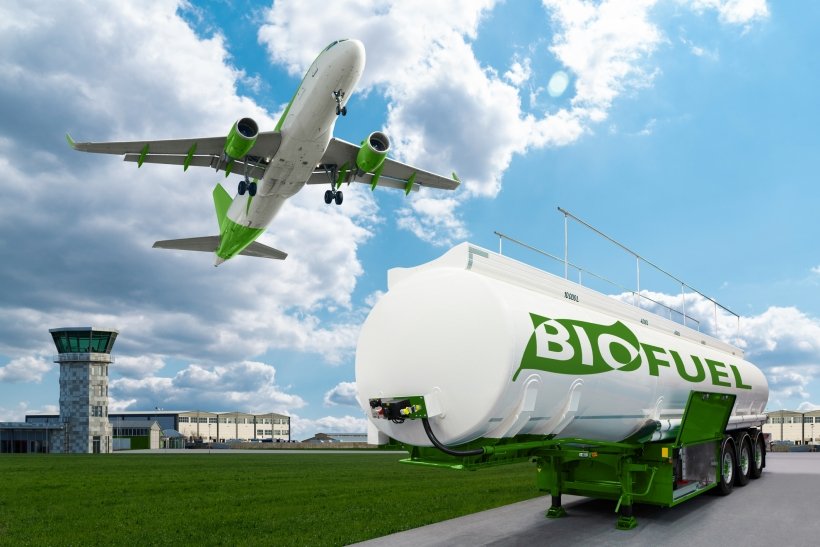SAF
Taking Flight on Sustainable Fuel
The Rise of SAF and its Journey Ahead
The roar of airplane engines often carries a hidden cost: carbon emissions that contribute significantly to climate change. But a glimmer of hope shines on the horizon with the rise of sustainable aviation fuel (SAF). This post delves into the empirical trends, benefits, and pitfalls of SAF, charting its path towards a greener future for aviation.

